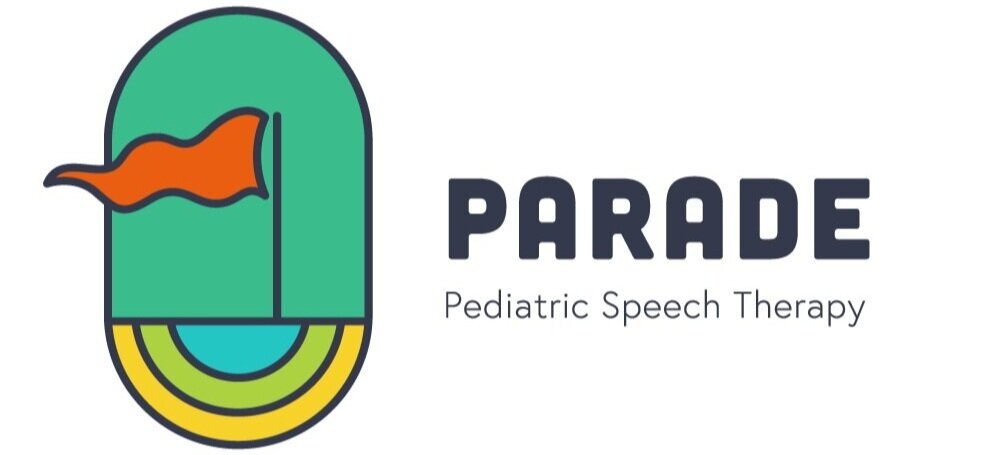How Can I Help My Young Child Understand Language?
Photo by Stephen Andrews on Unsplash
When you think about pediatric speech therapy, or kids learning to speak in general, you may usually think about the sounds, words or communication that kids use to express themselves to others. But what about the language that they comprehend and understand? This is called receptive language.
Receptive language skills include understanding words and vocabulary, being able to follow directions and understanding basic concepts such as “in, on top, big, small.” Children develop a concept for a word before they say or communicate that word, so receptive language is important! Imitation of others is also important here. Children learn by imitating what others do. Here are some ways to help your child increase their understanding of language.
Follow simple directions. If your child has trouble following directions, maybe they don’t understand all or part of what is being said to them. Help your child follow directions in daily routines. For example, after a snack, have your child throw away the container or napkin in the trash each time as you say, “Throw it in the trash.” You can also point to the trash can to help them understand what you mean. Kids need lots of repetition! Do this each time you have a snack until your child becomes more independent and can follow your verbal direction without help.
Identify body parts. If your child has trouble identifying body parts such as nose, eyes, and ears, you can sing a sont like “Head, Shoulders, Knees and Toes,” (or make one up!) and point to body parts as you sing the song to encourage your child to imitate you. You can also work on body parts during a diaper change. You can gently grab your child’s foot and say , “foot,” or tickle their belly and say “belly.” Hearing these words frequently as you point to the body parts will help them develop an understanding of the words.
Understand vocabulary. Daily routines are great for learning vocabulary. For example, when you help your child wash their hands, you can model language such as “on” and “off.” Have your child help turn the light" “on” and the water “on” while saying the word “on.'“ When you wash hands, model the words “wash, soap, water, turn off, dry, towel.” Then at the end you can assist the child to turn the light “off.” Helping your child be actively involved in the actions facilitates vocabulary learning!
Identify pictures in a book. The more practice your child has with a word in different contexts, the stronger their concept of the word will be. For example, when you and your child see a dog outside and you say, “dog,” and then they see a picture of a dog in a book and you say, “dog,” your child will begin to make the connection and develop a concept or visual image for this word. Being exposed to the names of things in multiple concepts will help your child then be able to identify and point to that item in a picture book.
Understand simple questions. Help your child understand simple yes/no questions such as “Do you want more juice?” If they have trouble responding, use a visual such as holding the juice up when you ask the question. Then you can give them a two-choice answer, saying “yes or no?” slowly while nodding and shaking your head. Pause and wait for their answer. If they reach for the juice, you can say “Yes, more juice” and nod your head to model for them the answer to your question.
If your child has trouble with receptive language skills, I offer a free consultation to see if speech therapy is right for your child.

